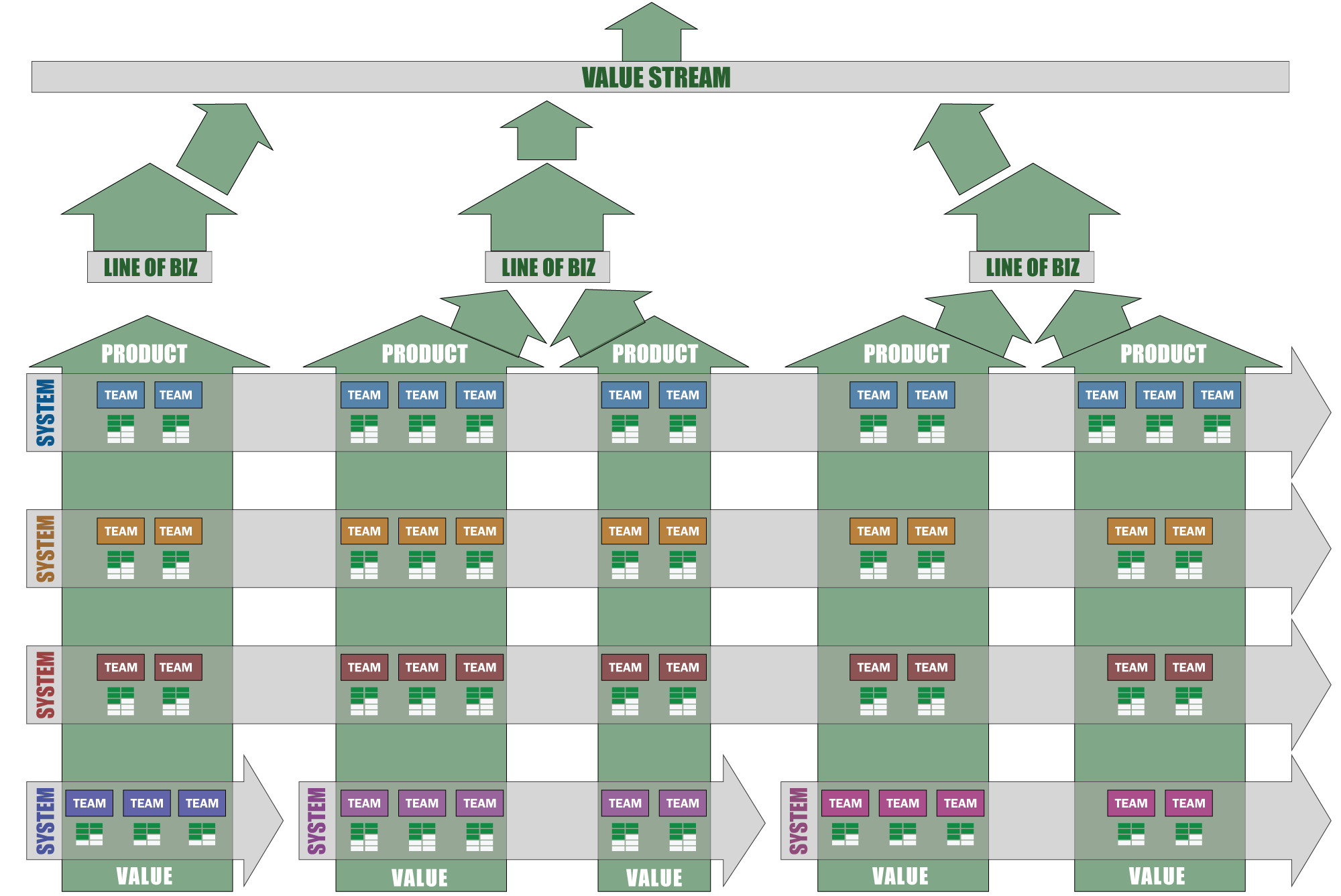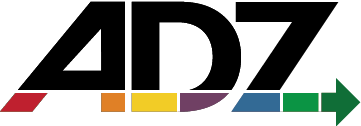- 75 Years:
- The life expectancy of a Fortune 500 company 50 years ago
- 14 Years:
- Today
- 50%:
- Will be replaced in the next 10 years
How can you outperform?
In the 18th annual PwC survey of chief executive officers, conducted in 2014, many CEOs anticipated significant disruptions to their businesses during the next five years as a result of global trends. One such trend, cited by 61 percent of the respondents, was heightened competition. The same proportion of respondents foresaw changes in customer behavior creating disruption. Fifty percent said they expected changes in distribution channels. As CEOs look to stay ahead of these trends, they recognize the need to change their organization’s design. But for that redesign to succeed, a company must make its changes as effectively and painlessly as possible, in a way that aligns with its strategy, invigorates employees, builds distinctive capabilities, and makes it easier to attract customers. – 10 Principles of Organization Design

What is most important to optimize? What are the trade offs?
Many enterprises and organizations have achieved very promising results from their Agile transformation efforts, but our coaches continue to hear questions from executives and senior leaders along the lines of, “I’m hearing my teams are delivering X% faster and are more efficient, why am I not seeing a similar increase in our overall time to market?” This is an indication that team or program agility might not be the current bottleneck to success.
The diagram above shows the 3 basic levels of process discovery. The foundational, and most relatable level is the task level represented by the TEAM icon. Everyone understands tasks and everyone performs them on a daily basis. What is often less well understood, is precisely why they are performing those tasks, or rather the complete WHY.
The second is represented by horizontal arrows containing the teams , these represent work within a function, platform, or department. The goals here tend to be centered around increasing productivity, efficiency, and quality.
The highest, represented by the green vertical arrows, focuses on examining work across processes, functions, platforms, technology layers, and even organizations. The goal is to optimize the flow of value by eliminating/reducing redundancy, waste, and disconnects, hence the name Value Stream. It’s important to note here that describing these as 3 levels is an oversimplification, and it’s not uncommon to find nested hierarchies in any of these levels.
How does this relate to Organizational Design?
People typically focus on what is in their sphere of immediate control, which will always be the task level. Leaders & managers (Agile or otherwise) often seek to optimize their direct reports’ ability to execute these tasks more efficiently, with everyone’s performance tied to year end bonuses. Given that large organizations and enterprises are for the most part organized by function or technology platform, what we find is a natural incentive towards local optimization – the practical upshot of which can be described as making the horizontal arrows go faster in the diagram above. While this might appear to all involved to be a good result, if not taken in the context of the value stream (vertical green arrows), this can lead to overproduction and dead inventory creating longer lead times and slower time to market.
At Integral Agile we take a systems thinking approach to these kinds of problems. The individuals involved in creating the functional silos that choke the flow of the value stream are typically not doing so for selfish reasons, but because they can’t see or don’t understand the negative results of their decisions. In most cases, organizations are not even aware of what their value streams are or are describing them from the wrong level. In the diagram above, it’s not atypical for each of the 5 products to build redundant features (close to 80% waste) due to lack of visibility and communication.
Our Enterprise Coaches will look across organizational and technological boundaries to create a holistic picture of your current structure. We will reveal current and potential future problems, and work with you to create a sustainable transformation strategy consisting of quick wins, larger pilots, and long term strategies. For more information please contact us.



